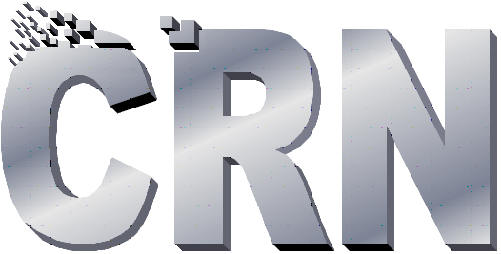PRESS RELEASE: DECEMBER 11, 2007
Scenario Series
Depicts Nanotech Revolution
The nonprofit Center for
Responsible Nanotechnology (CRN) today released a series of scenarios depicting
various versions of a near-future world into which transformative manufacturing
concepts may emerge. Across eight separate storylines, an international team of
policy, technology, and economic specialists organized by CRN imagined in detail
a range of plausible, challenging events -- from pandemics to climate crises to
international conflicts -- to see how they might affect the development of
advanced nanotechnology over the next 15 years.
Future generations of nanotechnology will use sophisticated nanoscale machinery
to construct powerful products with molecular precision. Such ‘molecular
manufacturing’ could lead to revolutionary capacities, including tabletop fully
automated factories capable of constructing duplicate factories in less than a
day. Some experts think this may be achieved as early as 2020.
“While a 15-year time frame for the development of desktop nanofactories is
arguably optimistic,” said Mike Treder, Executive Director of CRN, “it is by no
means outrageous, as recent events indicate [see Notes
below]. That’s why we think this scenario series is timely and important.”
All eight scenarios, plus an introduction putting them into context, were posted
online today at
Nanowerk.com, as well on CRN’s
main website. The scenarios also
will be published in the peer-reviewed print journal,
Nanotechnology
Perceptions, beginning early next year.
“Although the basic concepts of molecular manufacturing go back as far as 1959,”
said Jessica Margolin, CRN’s Director of Research Communities, “it is only in
the last few years that technology has advanced to the point where we can begin
to see the practical steps that might bring it to fruition. What is still
uncertain, however, is precisely how it will emerge.”
It is for that reason that CRN initiated a project early in 2007 to create a
series of professional-quality scenarios of a near-future world in which
exponential general-purpose molecular manufacturing might be developed and
deployed. In pursuing this project, CRN pulled together more than 50 people from
six continents, with a range of backgrounds and points of view, as
collaborators. Over the course of several months, a unique series of “virtual
workshops” -- using a combination of teleconferencing, Internet chat, and online
shared documents -- produced eight intriguing scenarios.
“The scenarios we’ve created examine possible outcomes of different
nanotechnology developmental pathways across a variety of nations,” said Jamais
Cascio, CRN’s Director of Impacts Analysis. “These scenarios are not
predictions, and do not represent outcomes desired by CRN. We intend them to
provide a springboard for discussions of molecular manufacturing policies and
societal responses.”
The scenario approach offers a tool for the examination of internally consistent
possibilities regarding a particular topic as a way to test and reconsider
strategies. While each scenario can be understood individually, the real value
of the process comes from the comparison of multiple scenarios. A strategic
response that appears robust in one scenario may be dangerous in another; an
organization, community, or polity using these scenarios to consider how to
handle the emergence of molecular manufacturing should strive for responses that
are viable across multiple scenarios.
“We’re proud of what we and all our collaborators have accomplished here,” said
Treder, “but it’s only a beginning. We hope this project will help to stimulate
a thorough investigation of the benefits and risks of nanofactory technology to
find what might be done now and in the next few years to mitigate the dangers
and increase the likelihood of beneficial outcomes.”
NOTES
Recent events increasing the potential for rapid development of nanofactory
technology include:
-
A
study released by the U.S. National Research Council in December 2006
reviewing the theoretical basis of molecular manufacturing and calling for
funding of experimental research.
-
A
request for proposals issued by DARPA in July 2007 for developing tip-based
nanofabrication at the threshold of atomic precision.
-
An announcement of
U.K. government grants in October 2007 to research teams developing
nanomachines that can build materials molecule by molecule.
-
The December 2007
publication of a
Technology Roadmap for Productive Nanosystems, marking the completion of a
broad, years-long, multidisciplinary effort to explore how current laboratory
techniques for atomically precise fabrication can be extended, step by step,
toward increasingly advanced products and capabilities.
The Center for
Responsible Nanotechnology is a research and advocacy organization concerned
with the major societal and environmental implications of advanced
nanotechnology. CRN was an affiliate of World Care, an international, non-profit,
501(c)(3) organization. The opinions of CRN do not necessarily represent those
of World Care.
